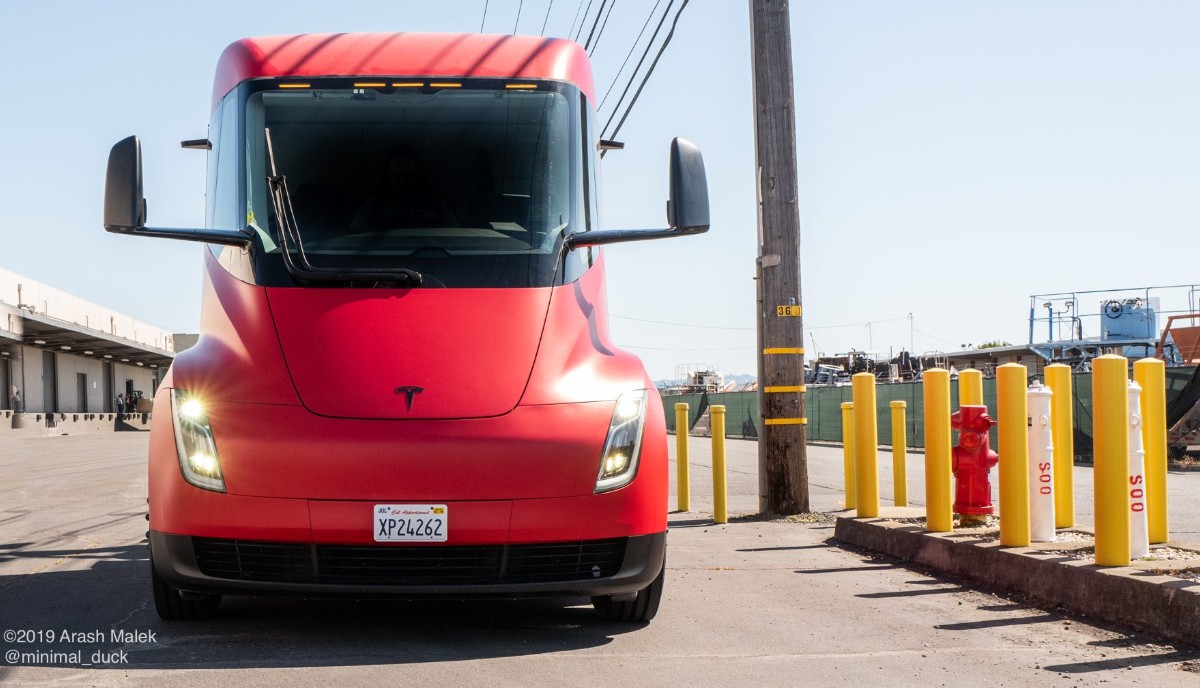Read The Full Article On: Freightwaves
Electrification in the automobile industry has been steadily increasing, as seen in the rise in its percentage share of new vehicles manufactured every year. Globally, Europe and Asia have been the biggest proponents of electric vehicles.
The concept of electric mobility picked up in these two continents earlier and more pervasively than in North America. While electrification in Asia was mostly due to the urgent need to reduce emissions in highly congested cities, Europe’s embrace of electric mobility was a matter of sustainability and strict regulations.
That said, North America is now witnessing an acceleration in the pace of its electrification uptake — predominantly due to the commercial and heavy-duty-vehicle segment’s electrification. FreightWaves caught up with Moran Price, CEO of IRP Systems, to discuss the future of electrification in the auto industry.
Price asserted that electrification is a growing trend. “Even if its current adoption rate is small globally, there is no chance for a trend reversal towards internal combustion technology in the future,” she said.
To improve adoption in the market, electric vehicles will have to be comparably priced and perform equally to internal combustion vehicles.
“Although some governments try to subsidize this difference and push the industry towards electrification, they are short-term solutions when considering the long-term perspective,” said Price. “We need an economic model that users are willing to pay for, and it has to come based on technological breakthroughs. It will not just come by economies of scale.”
For an equilibrium in cost and performance, high-performance electric powertrains and batteries should be made affordable, as those are currently the highest cost factors to electric vehicle production. Europe has seen several automakers phase their R&D and manufacturing resources to electric powertrains, signaling a focus shift.
Price hopes that the know-how gained over the past century in internal combustion engine design will remain relevant. “Everything must be channeled to solve emission problems and improve the efficiency of internal combustion engines. In many cases, optimal solutions for emissions reduction are hybrid solutions. Optimized vehicles would have different architectures of combination between internal combustion and electric vehicles,” she said.
In terms of system integration, the architecture changes driven by the addition of electric powertrain and other electric energy components would inevitably impact internal combustion solutions.
The rapid rise of electrification has led to some well-reported fear among assembly line workers in the industry of losing their jobs due to technological changes. Price contended that such claims were unfounded, as the system’s complexity will continue to increase and ultimately lead to the creation of more jobs.
Electrification will likely result in the evolution of work descriptions rather than a drop in employment numbers. For instance, experts in design and manufacturing of mechanical parts for the internal combustion industry might have to shift their skill sets to support the design and manufacturing of electric powertrains.
“Now, in the wake of the global crisis, we must emphasize the need for sustainability and cleaner air to breathe in our cities. This is a unique point in history where there’s an industrial revolution driving sustainability,” said Price. “Electrification and sustainability are now coupled together, and I hope this will be an accelerating factor in the adoption of electric mobility.”

